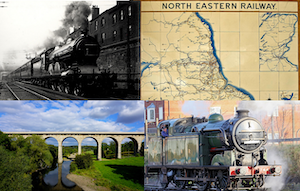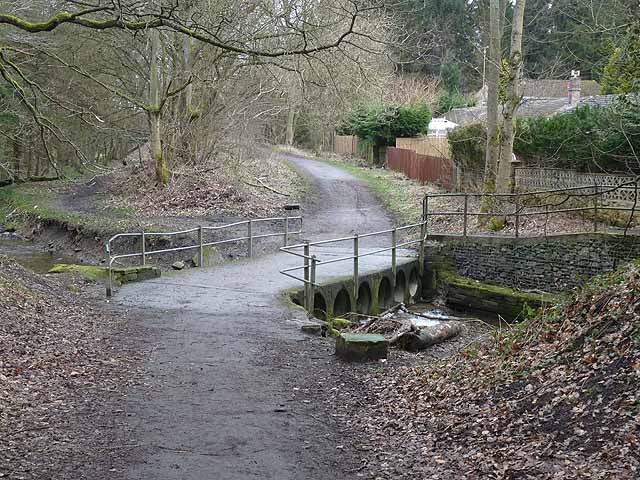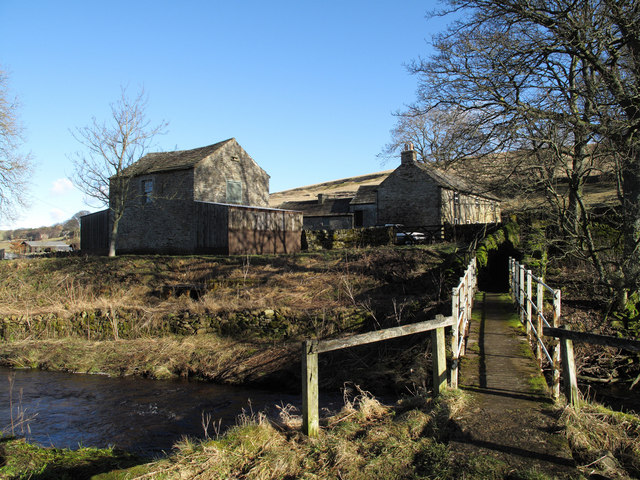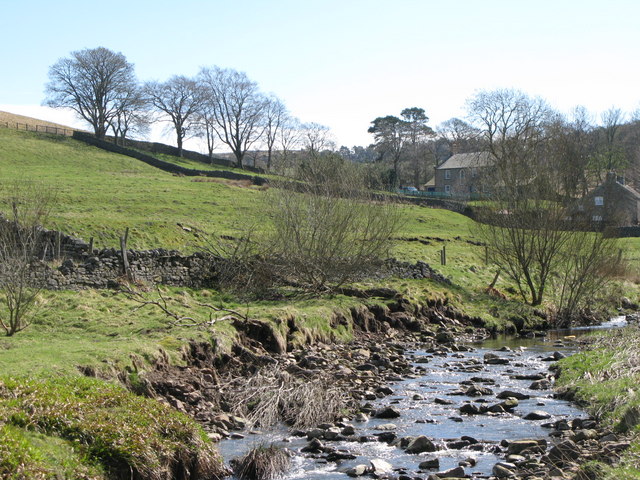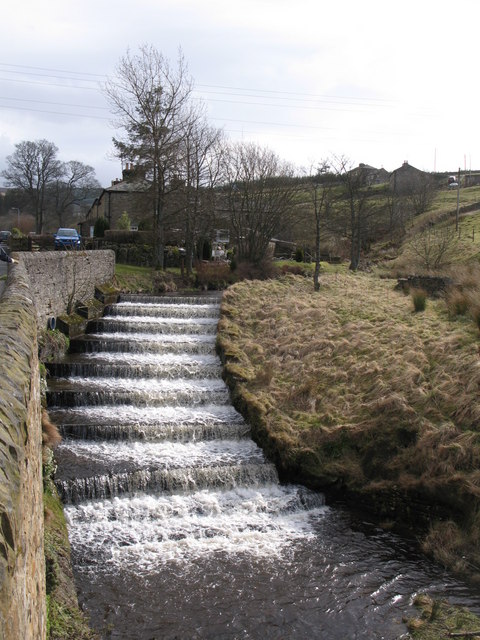8X-024 Black Five 4-6-0 No. 44767 'George Stephenson' runs round its train at Pickering

-
Description
Scan of a print taken circa 1985; A brief time line of No. 44767: 1947: Completed on the last day of the LMS, 31 December 1947 at Crewe Works and numbered No. 4767. It was unique amongst the 842-strong class in that it featured outside Stephenson link motion in addition to other experimental features; a double chimney, Timken roller bearings throughout and electric lighting. These modifications were part of a series of experiments by George Ivatt to improve the already excellent William Stanier-designed black five. 1948: No 4767 was renumbered No. 44767 by British Railways after nationalisation. 1953: The double chimney was removed. 1967: Withdrawn in December 1967 after a working life of only 20 years. No. 44767 was privately bought and was stored at Carnforth. 1974: Moved to Thornaby for restoration by North Eastern Locomotive Preservation Group and purchased by Ian Storey. 1975: Restoration work was complete for the 150th anniversary of the Stockton and Darlington Railway in at Shildon, where the former Secretary of State for Northern Ireland, William Whitelaw named No, 44767 after famous railway engineer George Stephenson. The locomotive then saw regular use along the mainline, including services in Scotland. The loco was based on the North Yorkshire Moors Railway before being taken out of service at the end of 2002 for a full overhaul. -
Owner
Hectate1 -
Source
Flickr (Flickr) -
License
What does this mean? Attribution-NoDerivs License
-
Further information
Link: https://www.flickr.com/photos/50576141@N03/9882027495/
Resource type: Image
Added by: Simon Cotterill
Last modified: 8 years, 5 months ago
Viewed: 1360 times
Picture Taken: Unknown -
Co-Curate tags

